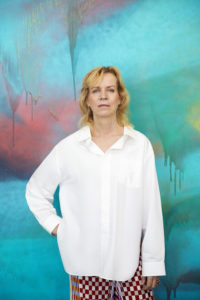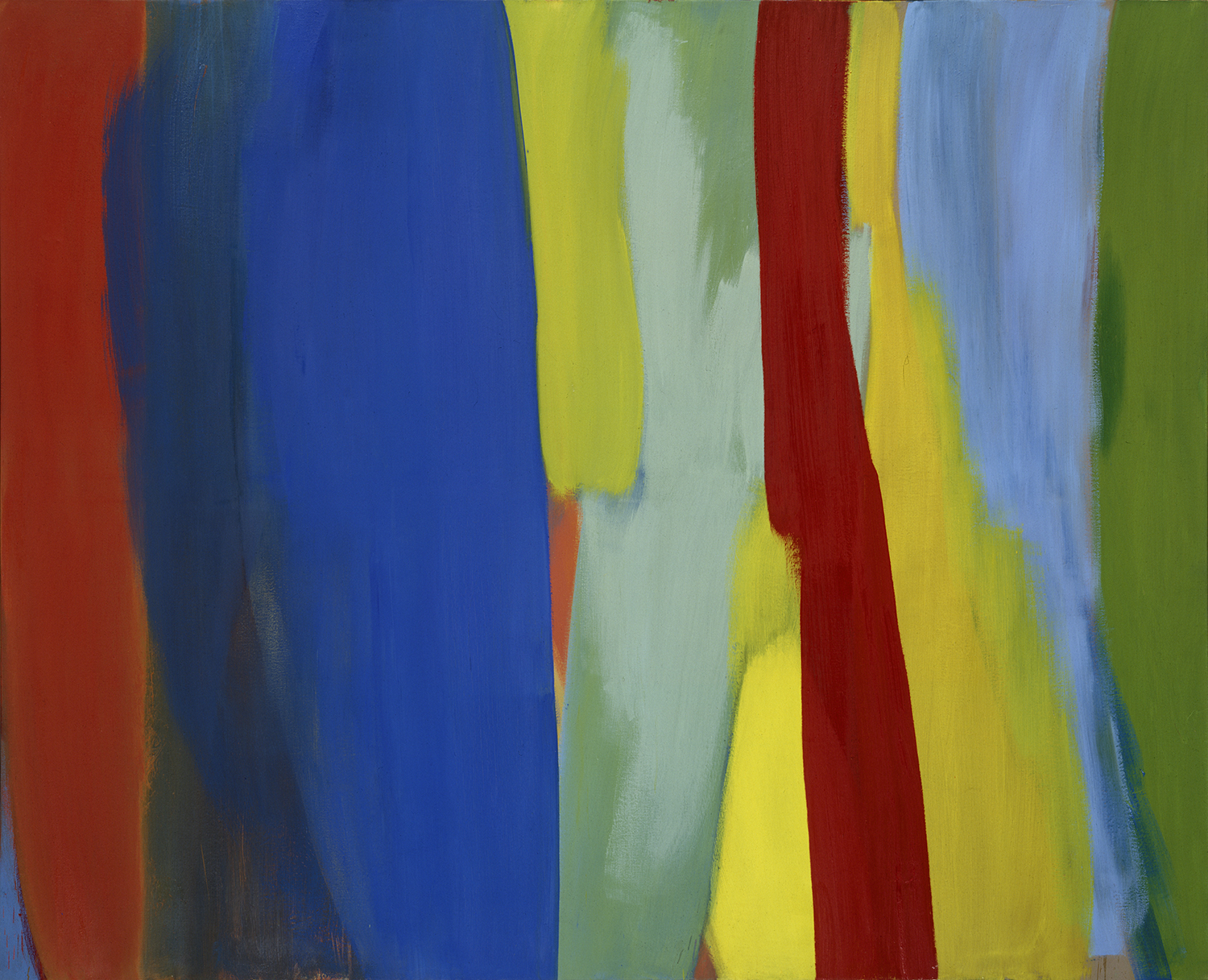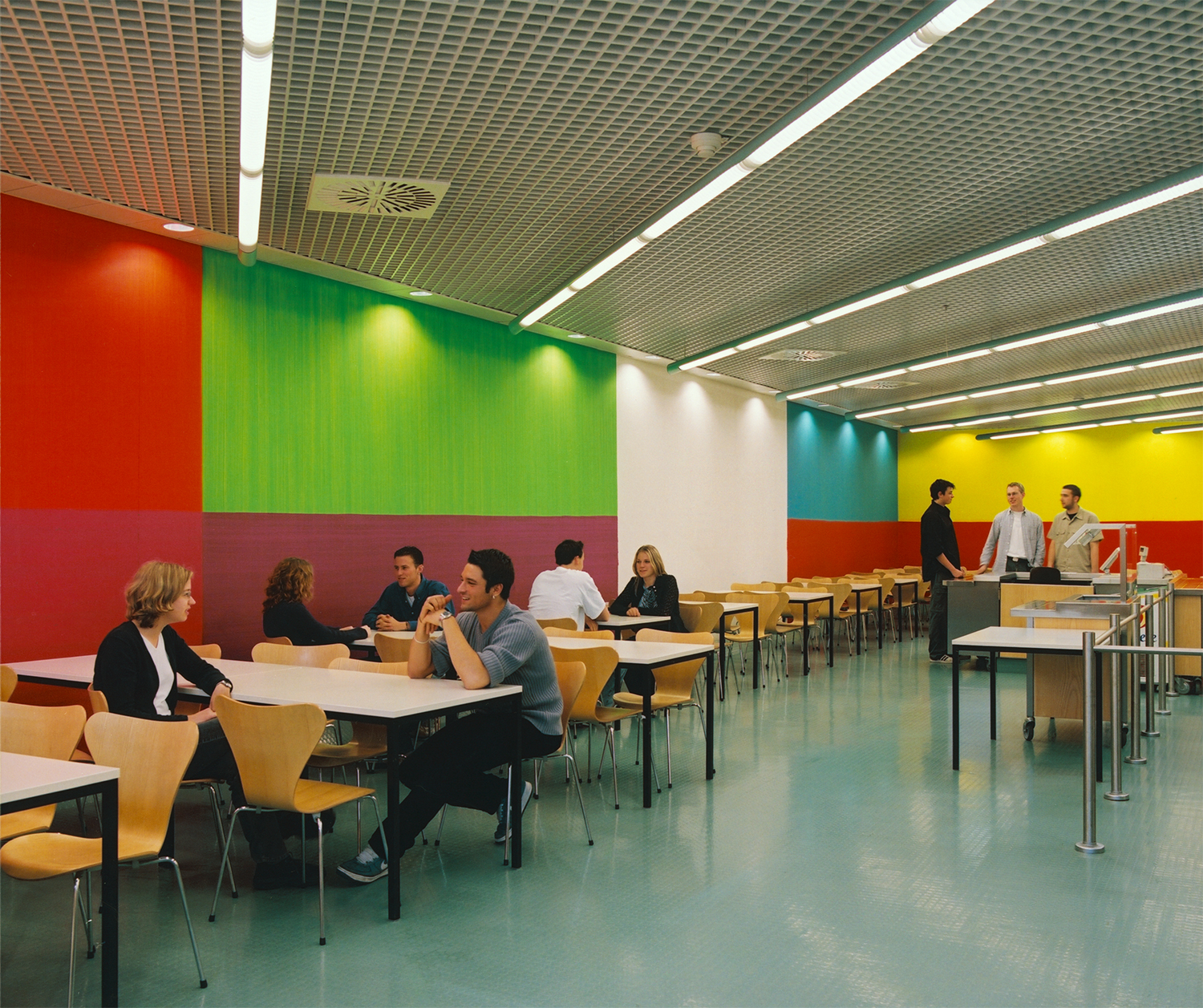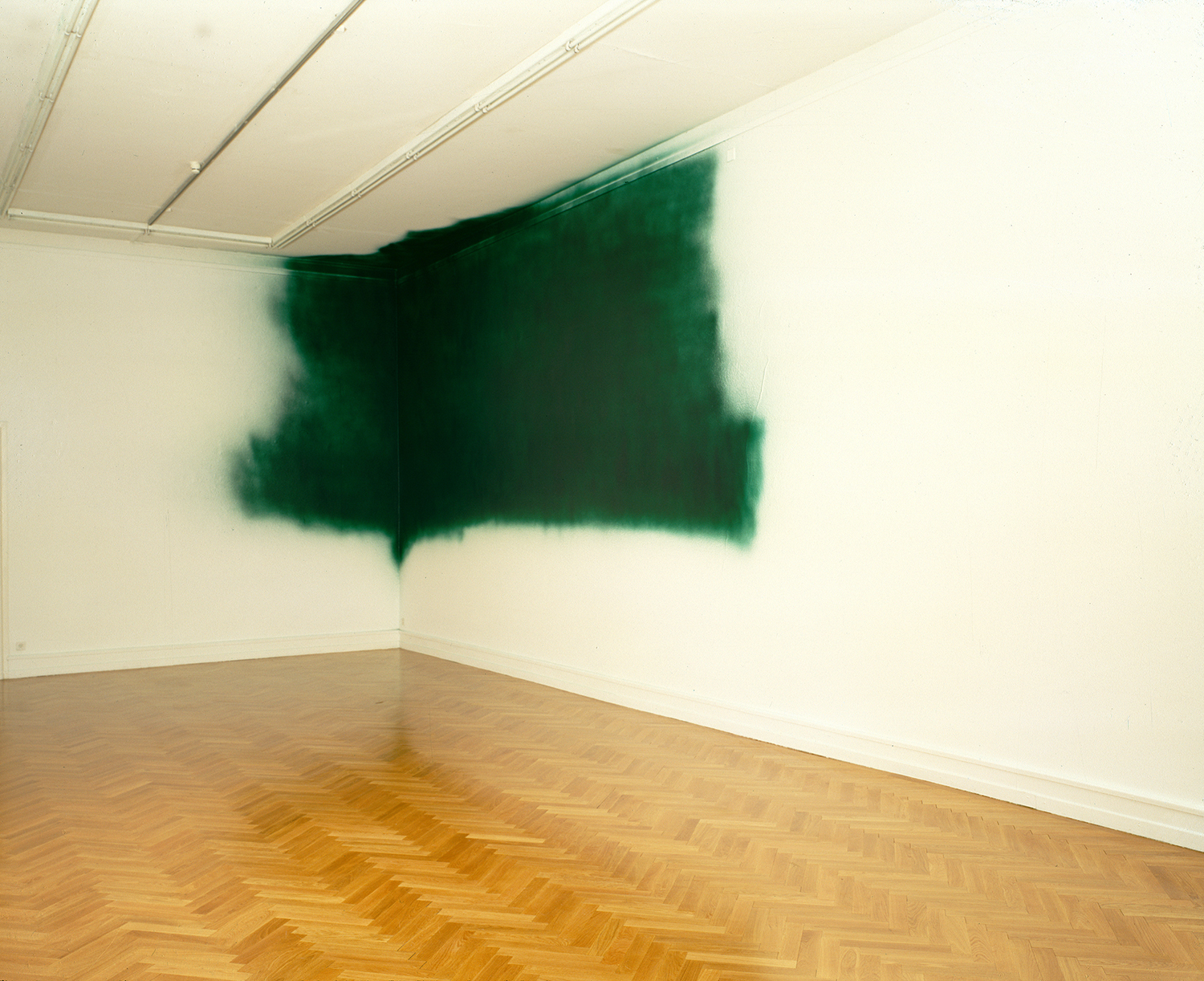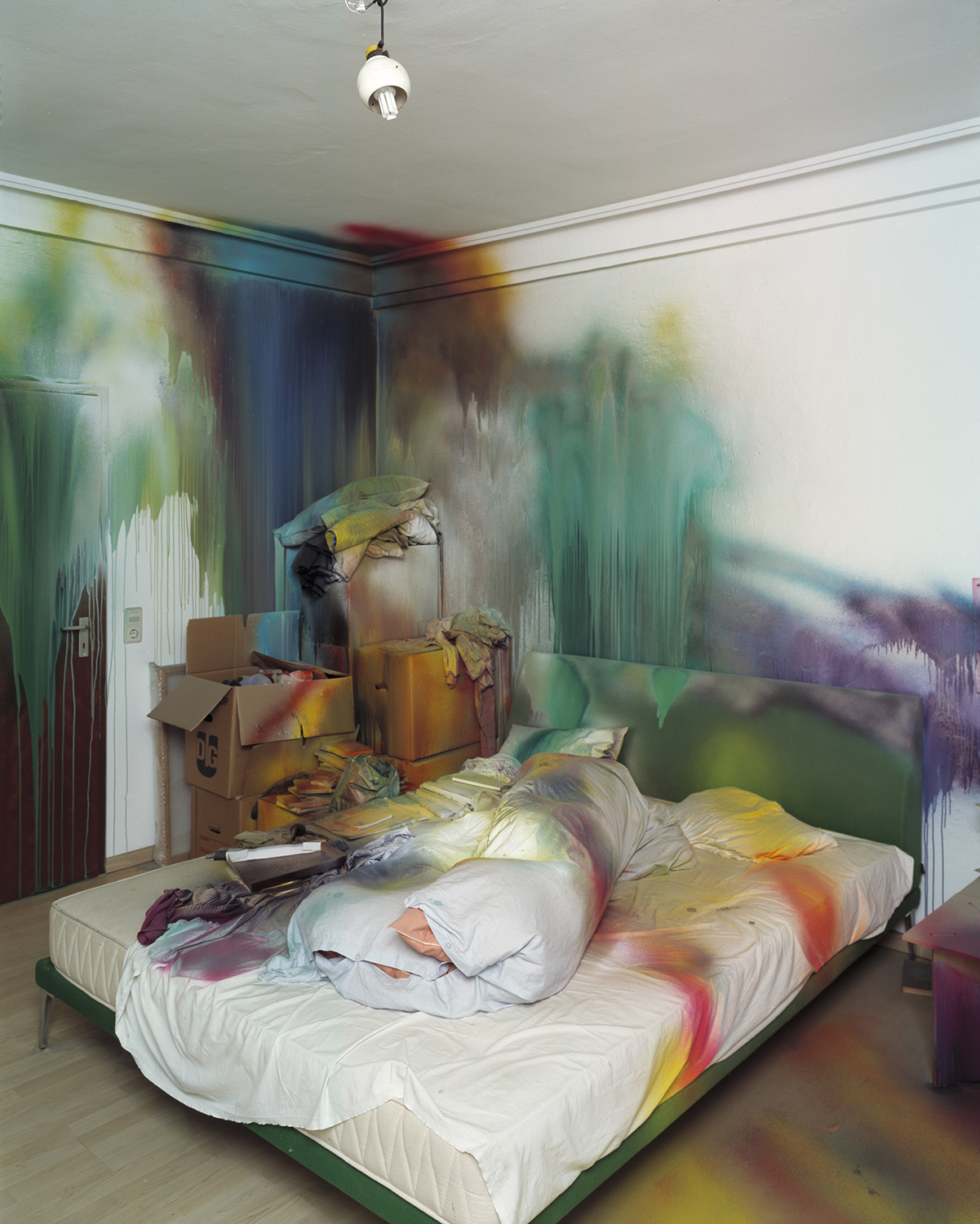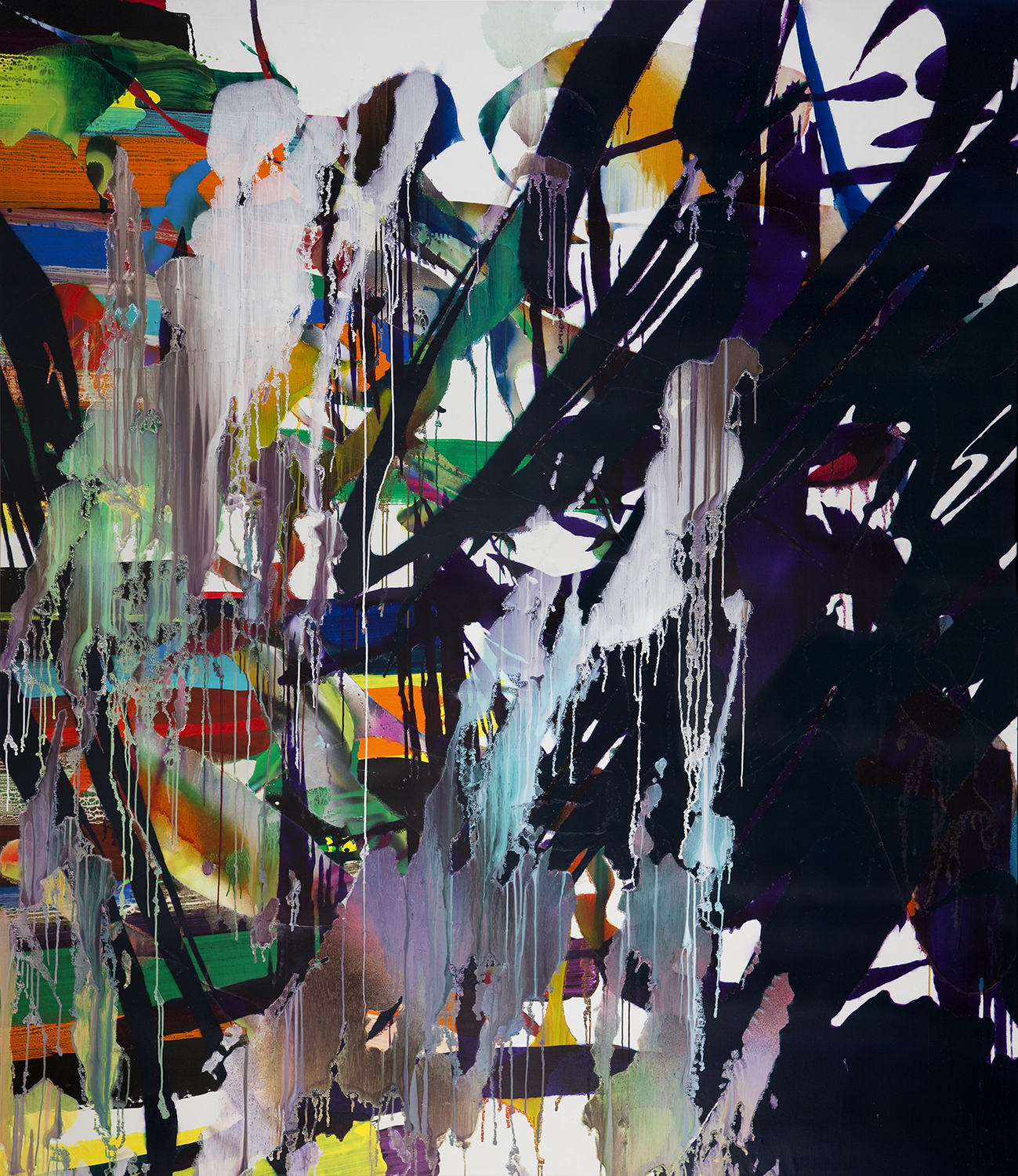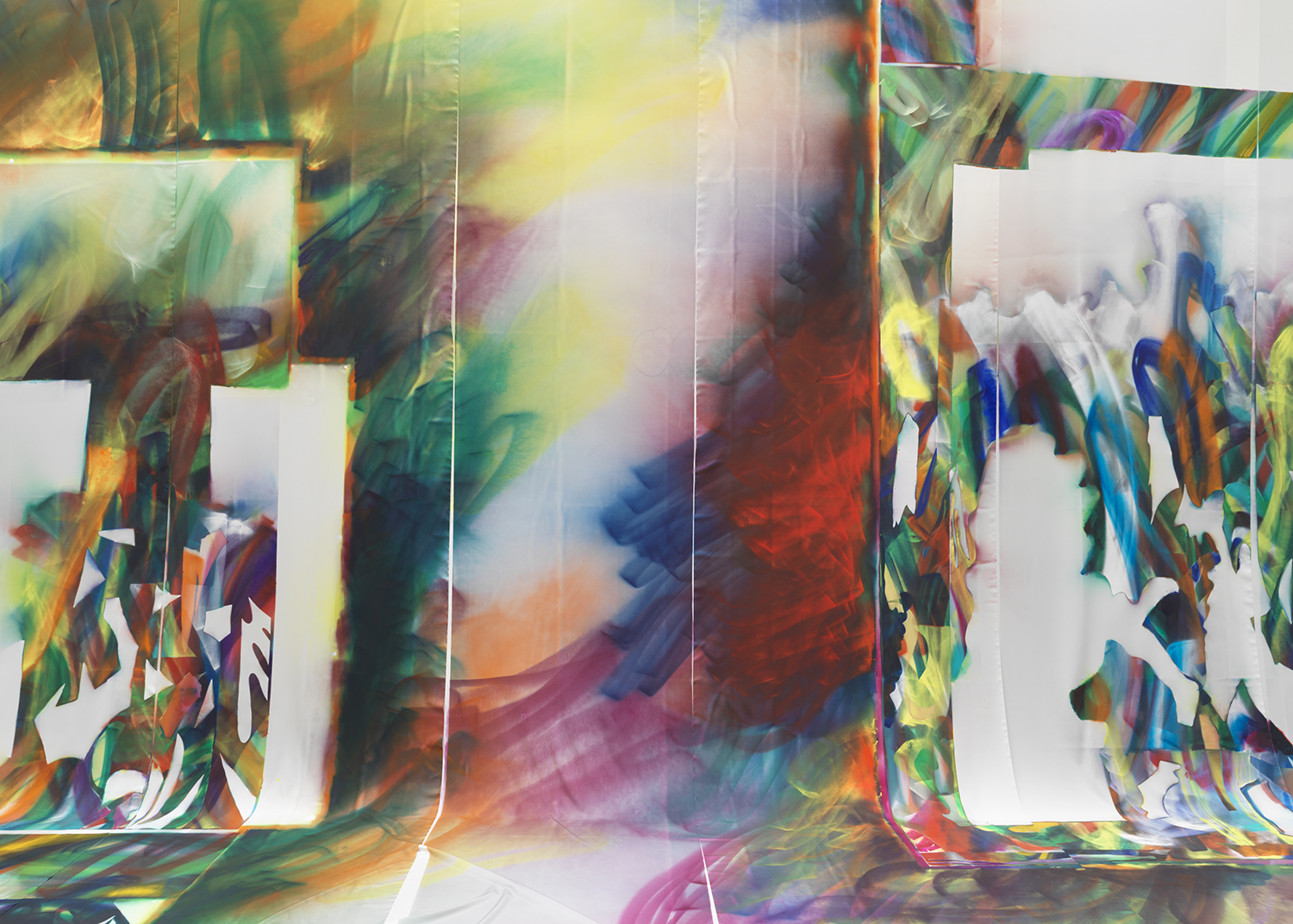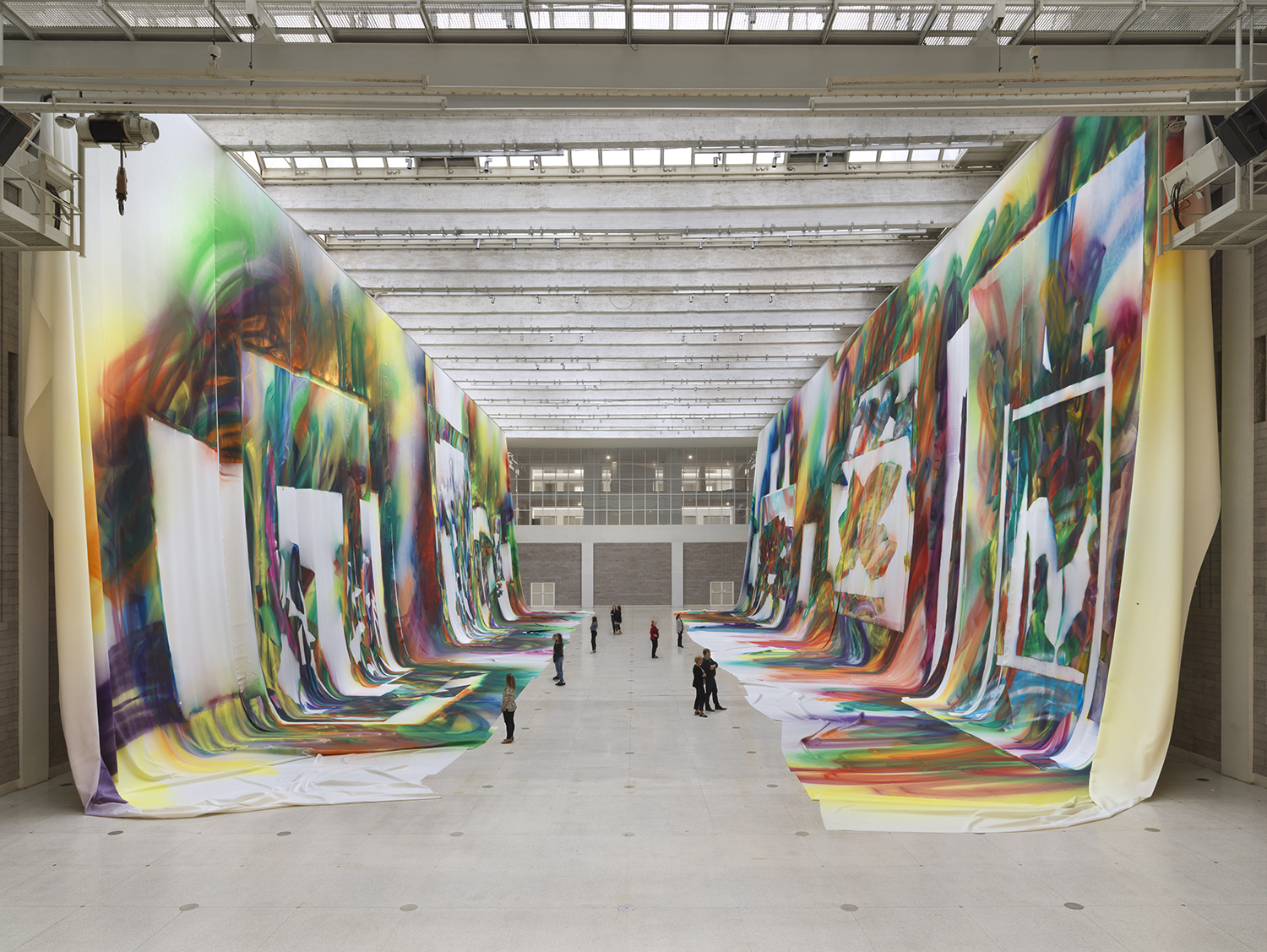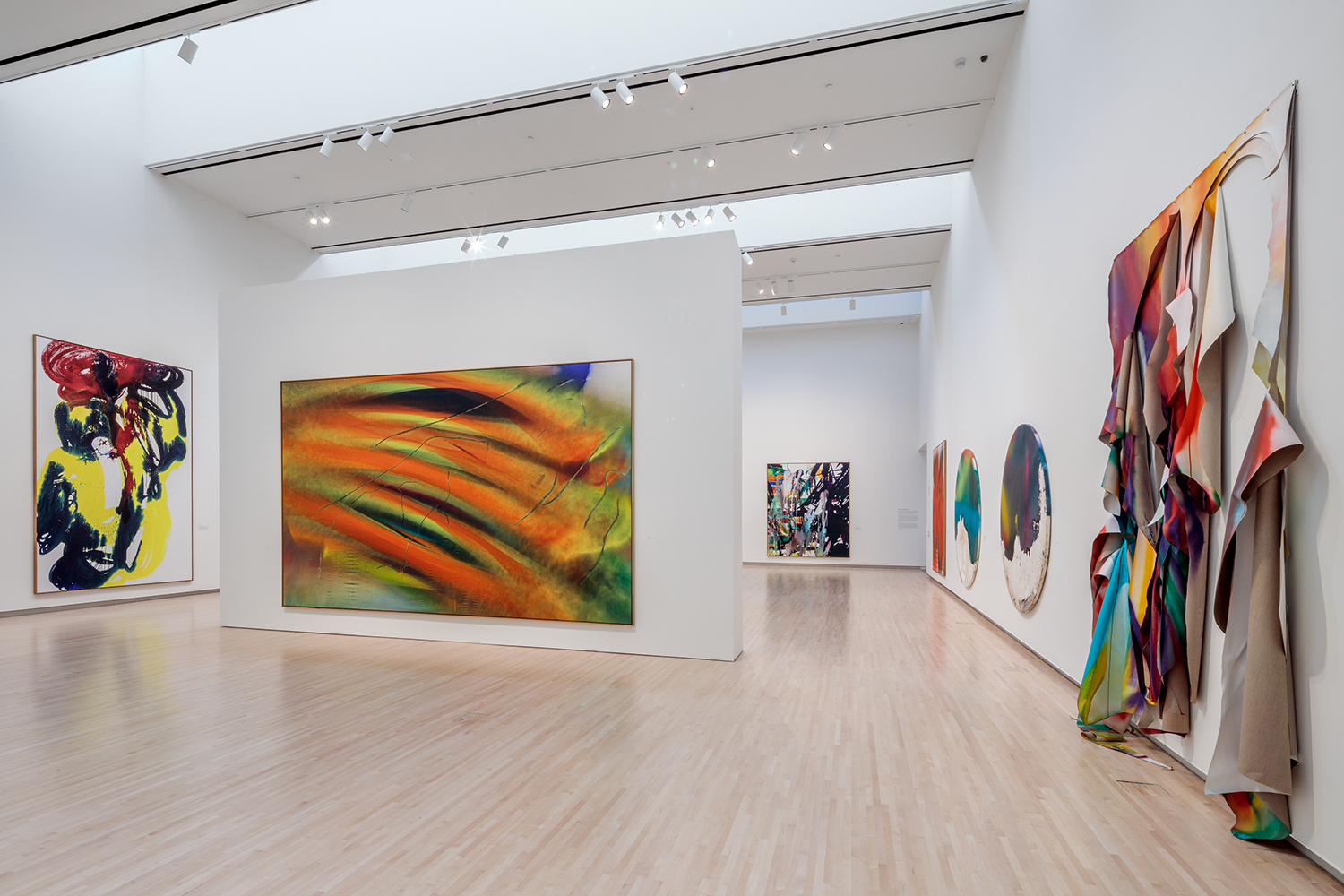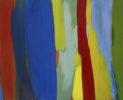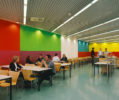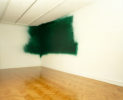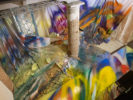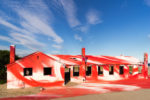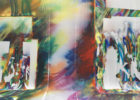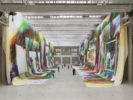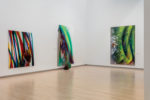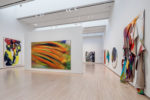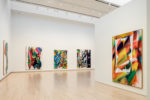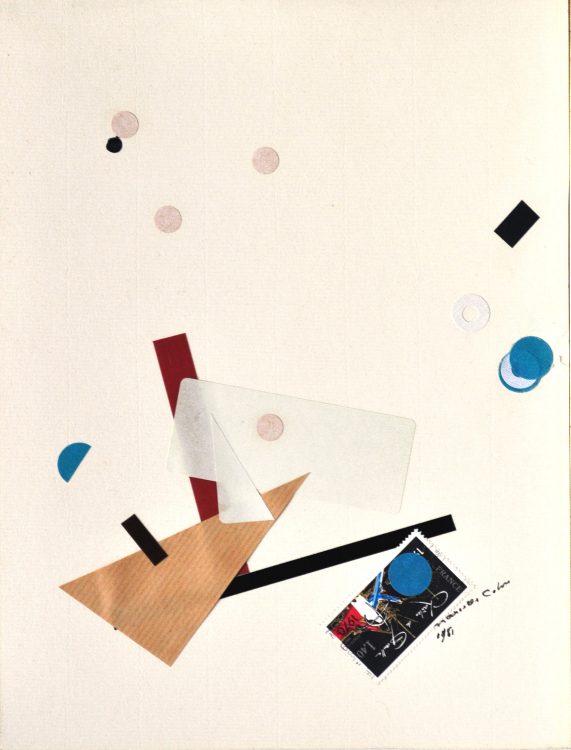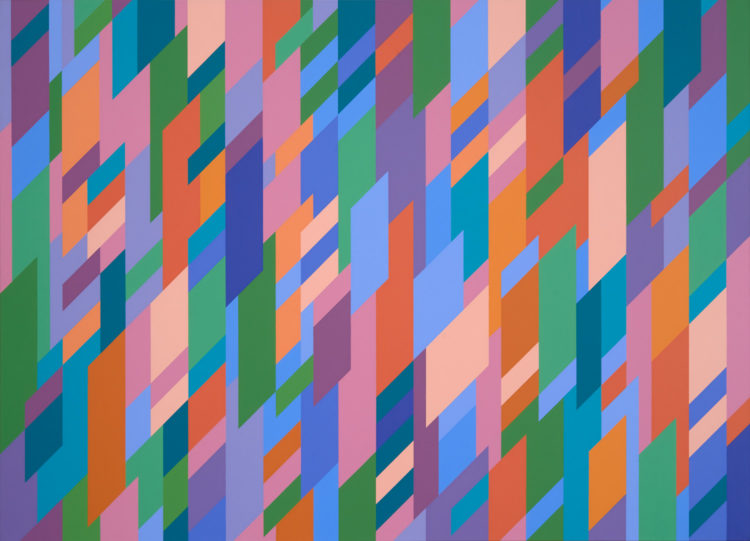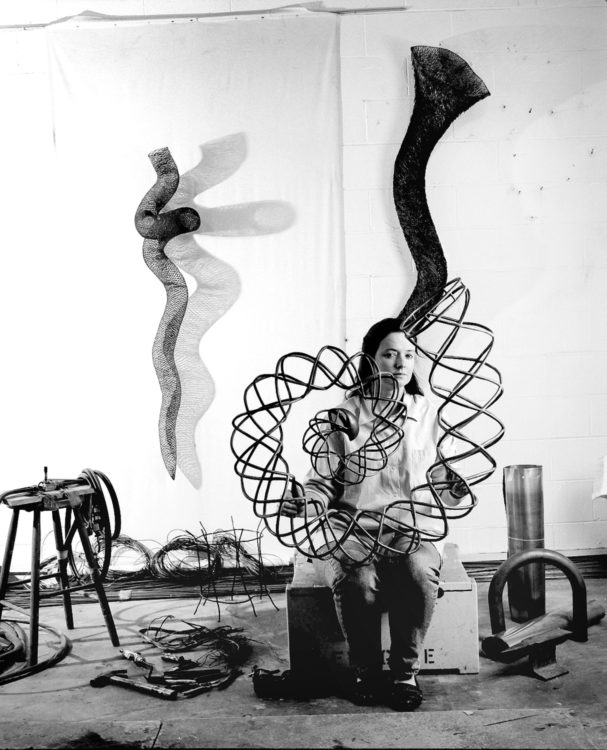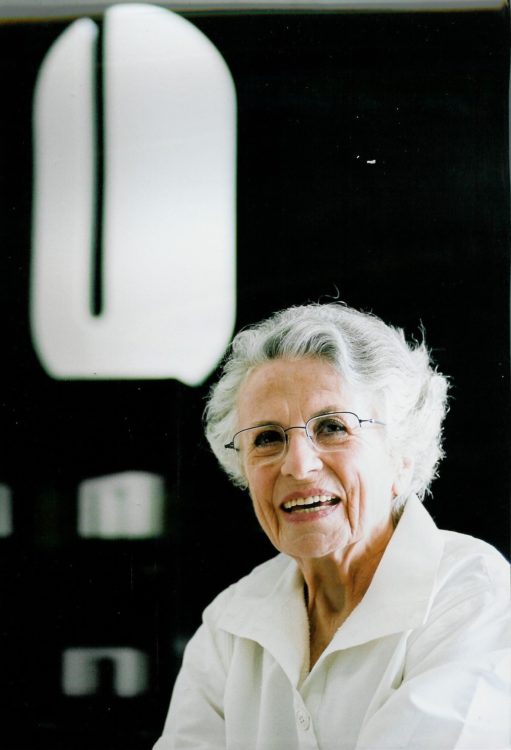Katharina Grosse
Eckmann. Sabine, Katharina Grosse. Studio Paintings 1988-2022. St. Louis: Mildred Lane Kemper Art Museum and Berlin: Hatje Cantz, 2022. Bilingual English and German.
→Neri. Louise; Lueddeckens. Jona, Katharina Grosse. New York: Rizzoli International Publications and Gagosian, 2018.
→Loock. Ulrich, Reich. Annika and Grosse. Katharina, Katharina Grosse. Cologne: Verlag der Buchhandlung Walther König: 2013.
Katharina Grosse, Studio Paintings 1988-2022, Kemper Art Museum, St. Louis, September 23, 2022 – January 23, 2023 ; Kunstmuseum, Bern, March 3, 2023 – June 25, 2023 ; Kunstmuseum, Bonn, 2023-2024
→Katharina Grosse. It Wasn’t Us, Hamburger Bahnhof–Museum für Gegenwart–Berlin, June 14, 2020 – Januray 10, 2021
→Wunderbild, Národní galerie, Prague, Fébruary16, 2018 – March 31, 2019
German abstract painter.
At the age of five, Katharina Grosse moved with her family to Bochum in the German Ruhr region, where she grew up. She attended the University of Fine Arts Münster from 1982 to 1986, where she studied with Norbert Tadeusz (1940-2011) and Johannes Brus (1942-). From 1986 to 1990 she was a student at the Kunstakademie Düsseldorf and graduated from a master degree of Gotthard Graubner (1930-2013).
K. Grosse lives and works in Berlin and New Zealand. In her studio paintings and large-scale in-situ works, which she paints across built and natural environments, she explores heightened sensory experiences through dramatic shades, startling colour combinations, and an emphasis on paint as a physical material. Through a radically open, non-programmatic and non-categorical approach, she rethinks and challenges foundational concerns at the heart of the medium of painting.
During the first decade of her career, K. Grosse experimented with complex layers of paint and colour to destabilise relations between surface and subsurface, above and below, visible and invisible, as can be seen in Untitled (1992). She used sweeping, expansive movements that continue beyond the edge of the canvas and fluid, geometric as well as organic abstract forms. These works exist as studio paintings, works on paper, and in the form of site-specific wall paintings (Untitled, 1996).
Her practice underwent a major shift in 1998, when she began using a spray gun and industrial paints. Her wall painting on the upper corner of a gallery at the Kunsthalle Bern, Untitled (1998), demonstrates this shift, which paved the way for similar yet larger and more encompassing works. Another decisive turning point in her career is marked by the spraying over her furnished bedroom in Das Bett [The bed, 2004]. With it, she radically expanded her performative experiments from architectural situations to spaces filled with natural elements such as soil and trees (Untitled Trumpet, 2015) as well as human-made elements, including clothes, used furniture and styrofoam constructions. Of the same importance is the continuation of her studio practice. In addition to using a spraying technique, in the 2010s she introduced the use of stencils as in Untitled (2013) and in 2020 she started working with slashed canvases, such as Untitled (2021), and natural elements, for example seaweed and tree branches as in Untitled (2021). Through these methods, she increasingly ruptured and punctured the medium of painting to question its autonomy and to stretch its boundaries to interlace it with the social fabric of the world.
K. Grosse’s work has been exhibited widely and is in many public and private collections around the world such as Albertina, Vienna; Centre Georges-Pompidou, Paris; K21–Kunstsammlung Nordrhein-Westfalen, Düsseldorf; and Staatliche Museen zu Berlin. She is the recipient of numerous prestigious awards including the Oskar Schlemmer Prize (2014); the Fred Thieler Prize for Painting (2003); and the Villa Romana Fellowship, Florence (1992). She held professorships at the Weißensee Academy of Art, Berlin (2000-2009) and the Kunstakademie Düsseldorf (2010-2018).



